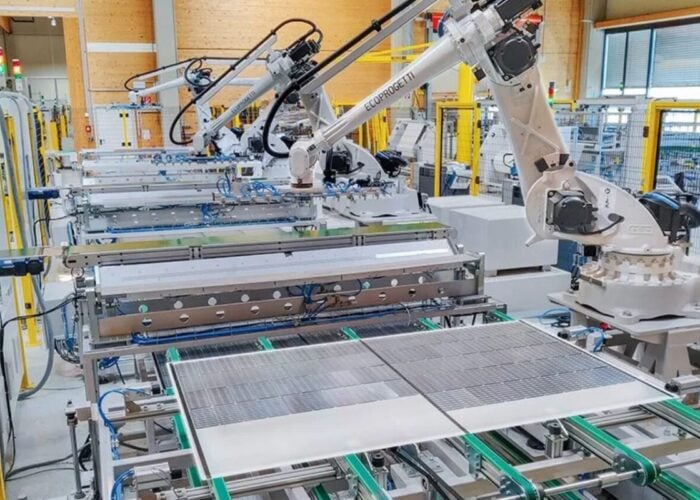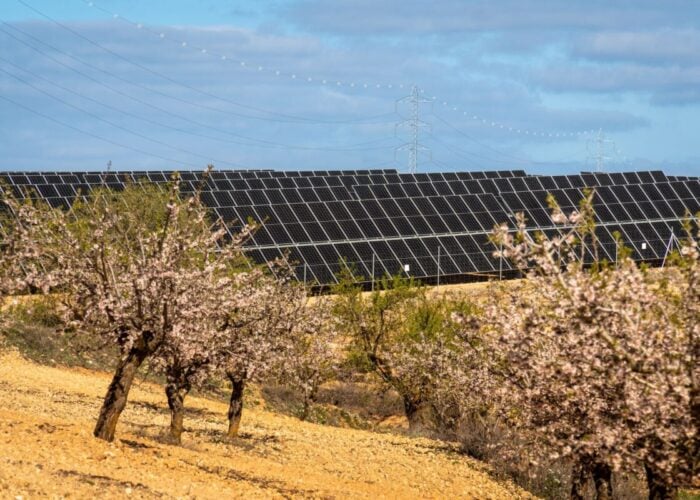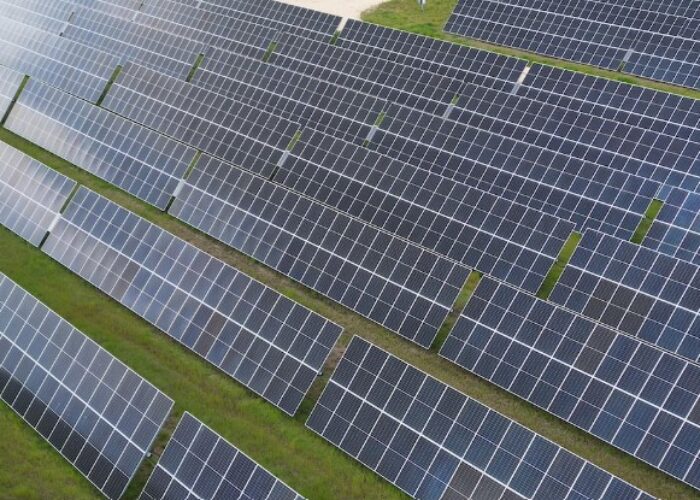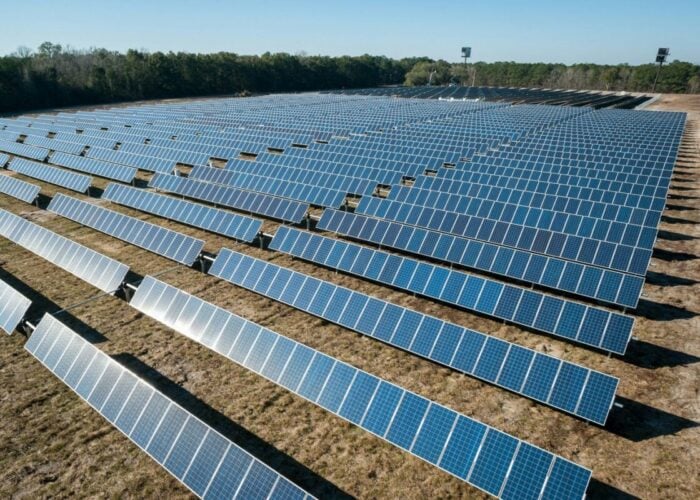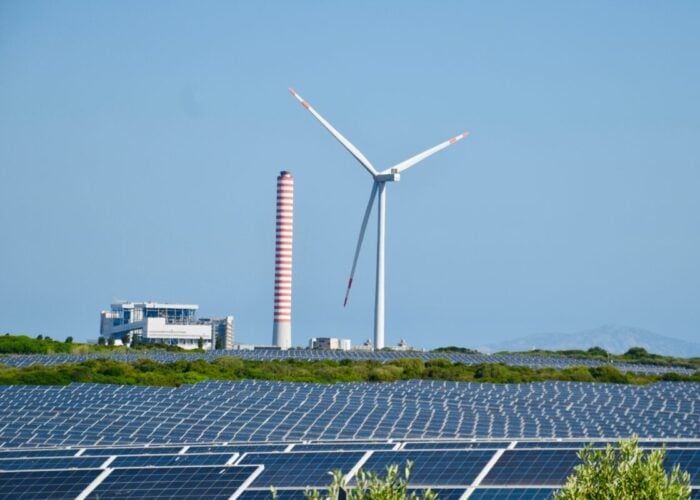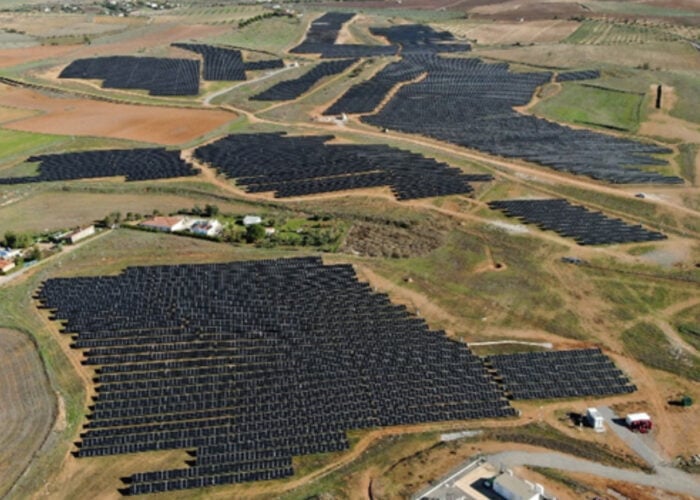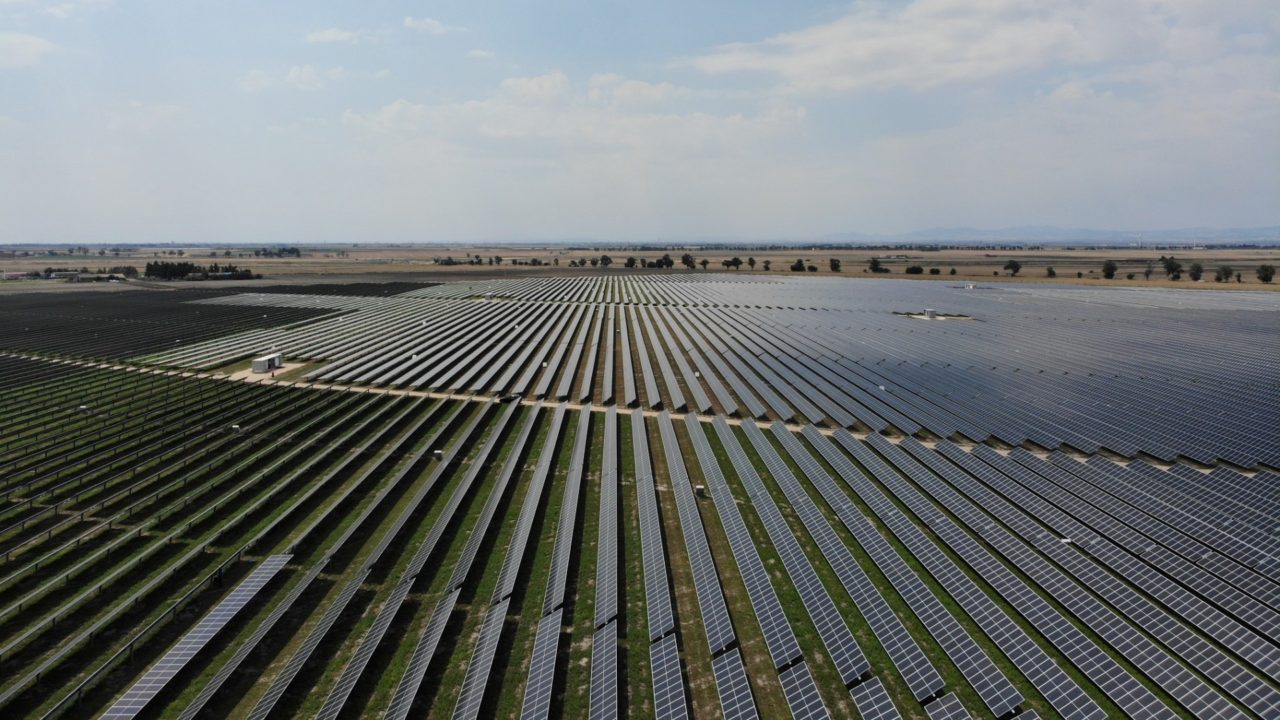
Transporting green hydrogen produced using solar PV in North Africa could be up to 15% cheaper than producing it domestically in Italy, a new study compiled by think tank The European House – Ambrosetti and natural gas giant Snam has found.
Thanks to its geographic location and current gas network, Italy has the potential to become an “infrastructural bridge” between Europe and Africa, enabling greater hydrogen penetration in other European countries. The research notes that hydrogen could account for 23% of Italy’s energy demand by 2050, allowing the country to cut emissions by 28%.
Try Premium for just $1
- Full premium access for the first month at only $1
- Converts to an annual rate after 30 days unless cancelled
- Cancel anytime during the trial period
Premium Benefits
- Expert industry analysis and interviews
- Digital access to PV Tech Power journal
- Exclusive event discounts
Or get the full Premium subscription right away
Or continue reading this article for free
Snam CEO Marco Alverà pointed to cost declines in green hydrogen production that could help Italy reach its climate targets: “In 2000, the price of hydrogen from renewables was forty times higher than oil; today, we estimate that it will become competitive with some current fuels within five years.”
According to the research, natural gas can serve as an accelerator for hydrogen, given the synergies that exist between the two in terms of transport and storage, helping Italy become a “continental hub” for green hydrogen and allowing it take on an important role in the European hydrogen strategy.
The concept of producing green hydrogen via solar-powered electrolysis in more resource-rich countries before transporting it using purpose-built infrastructure – rather than producing it domestically – was also discussed during PV Tech publisher Solar Media’s Green Hydrogen Virtual Summit last month. In shifting production to African nations, developers could benefit not just from better operating conditions, but also sidestep hurdles such as land availability and permitting.
Despite the current cost of generating hydrogen through renewable-led electrolysis, the European Union has established renewable hydrogen as a priority. Published in July, its strategy calls for 40GW of renewable hydrogen electrolysers across the bloc by 2030, with up to 120GW of new renewable capacity to power them.
While there have been reports that the growth of the green hydrogen industry has been hampered by government inaction, the sector has been given a boost by France, which last week revealed plans to include hydrogen investments as part of its €100 billion coronavirus recovery package. By 2030, the country plans to spend €7 billion to develop the technology.

